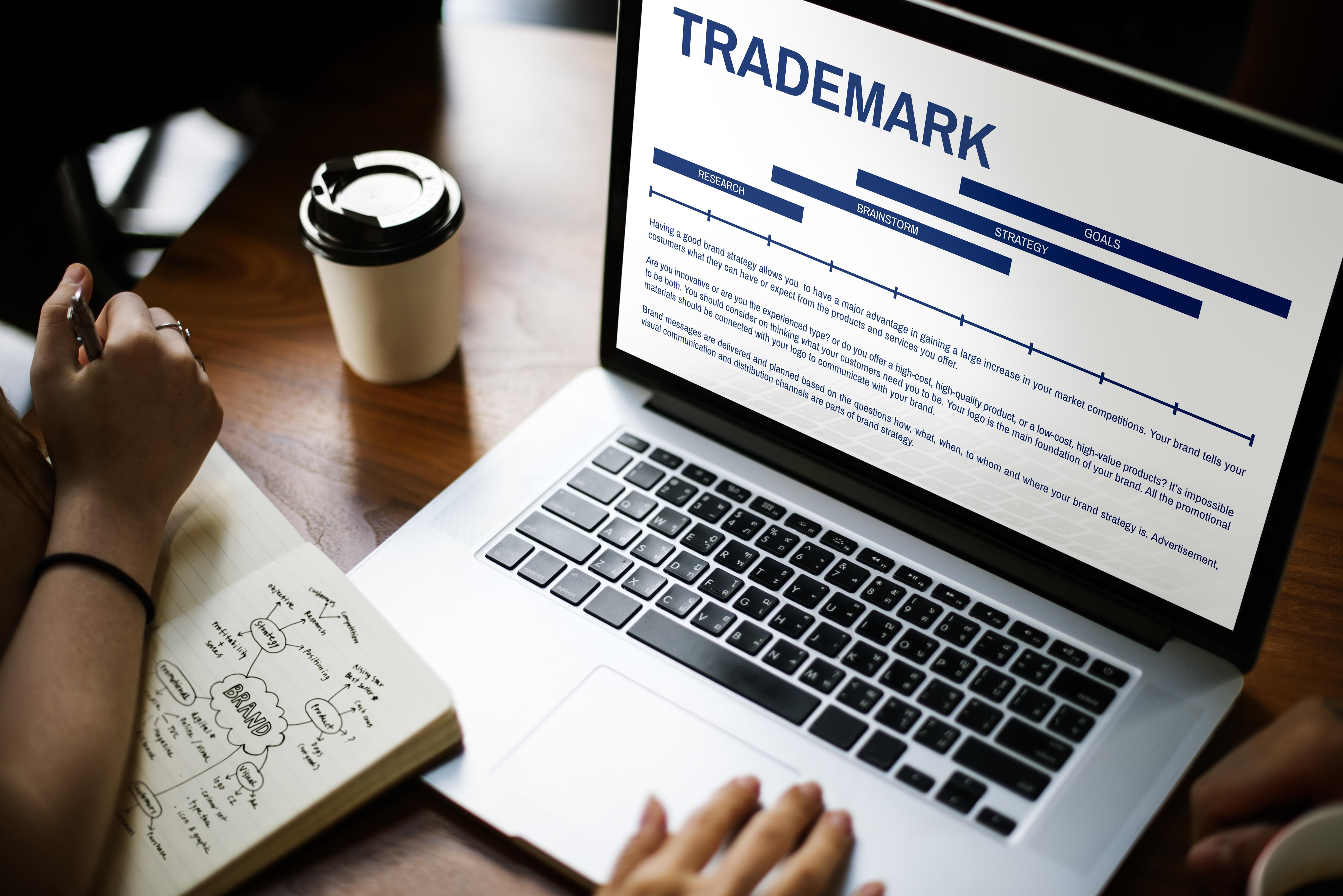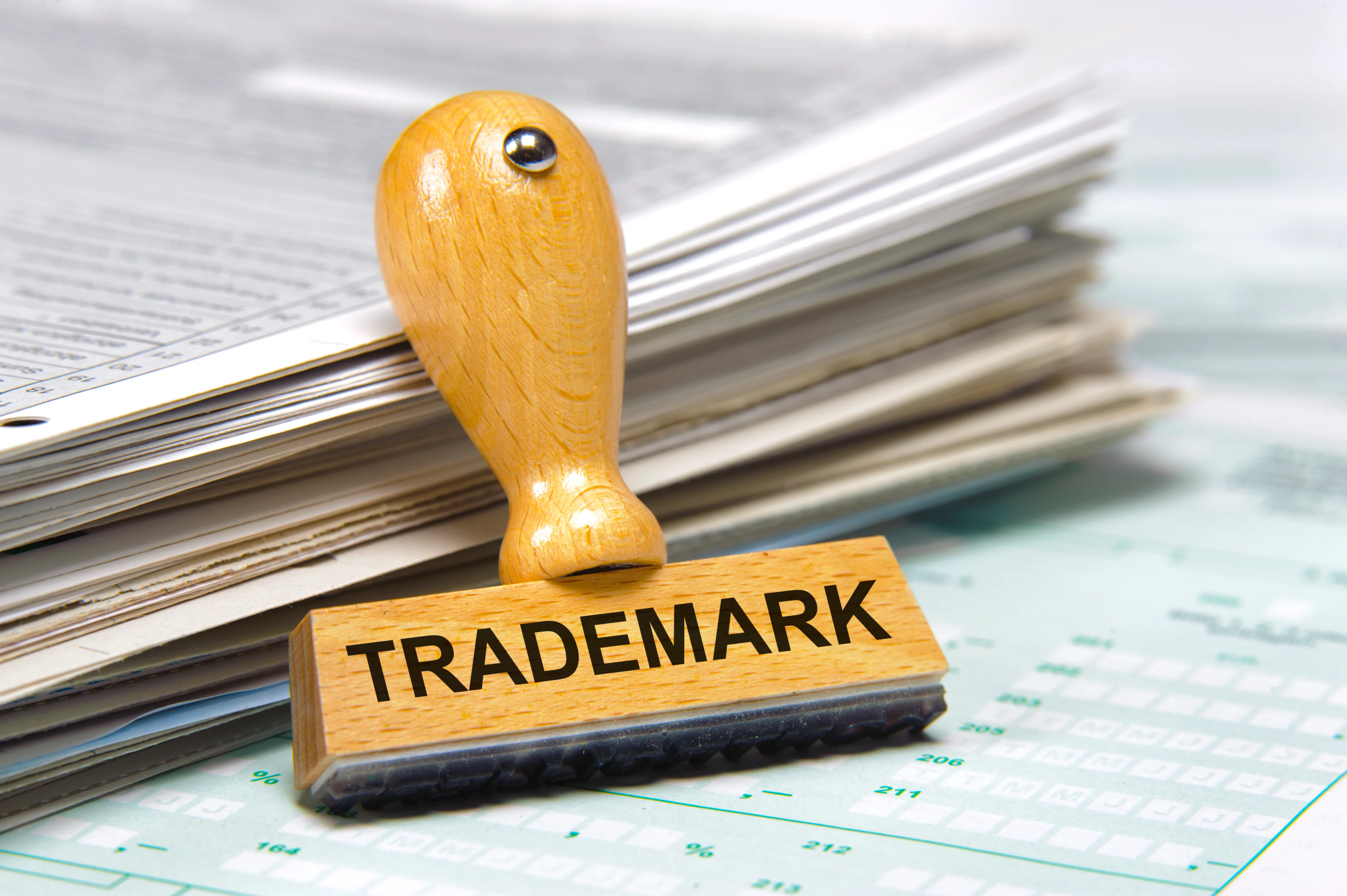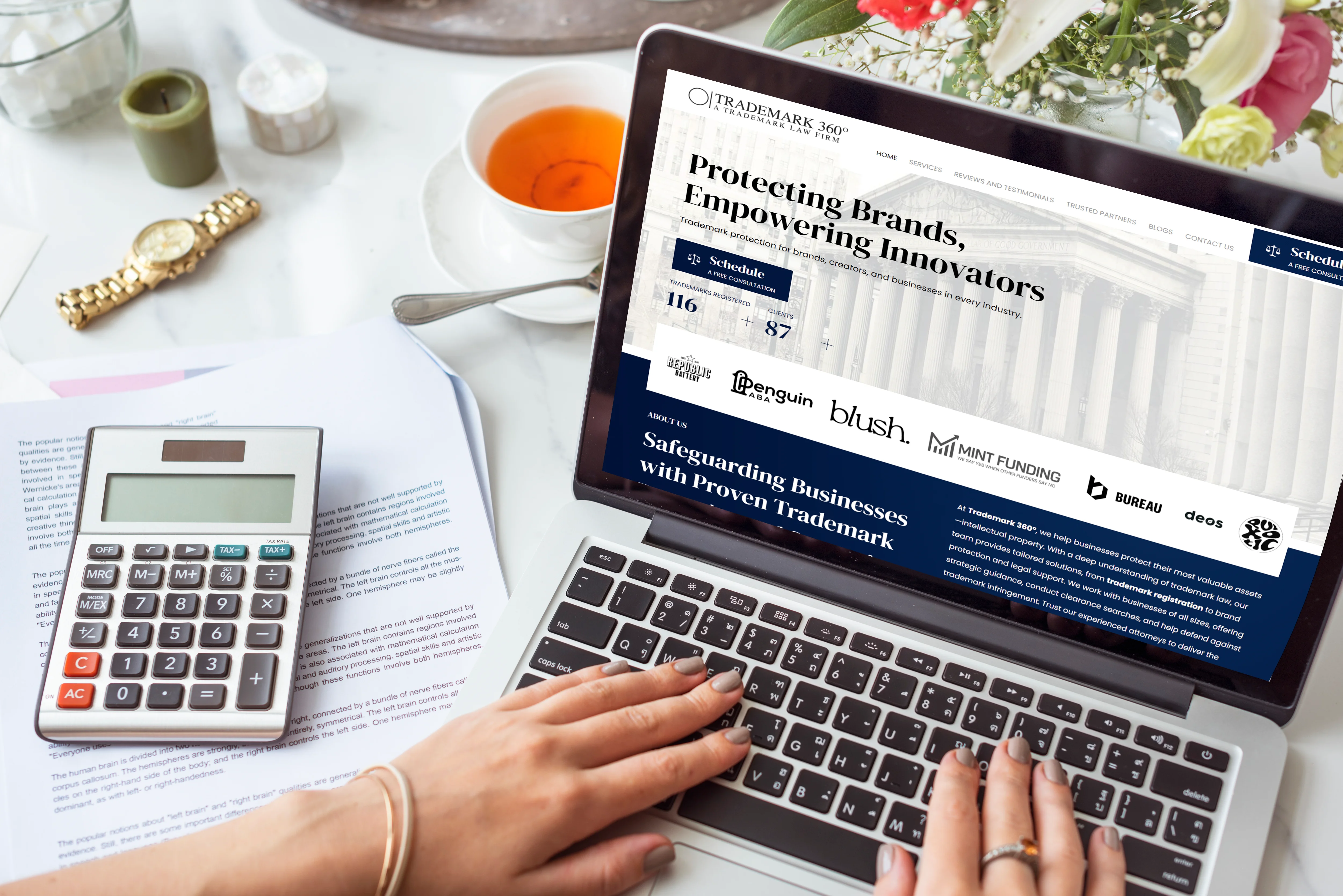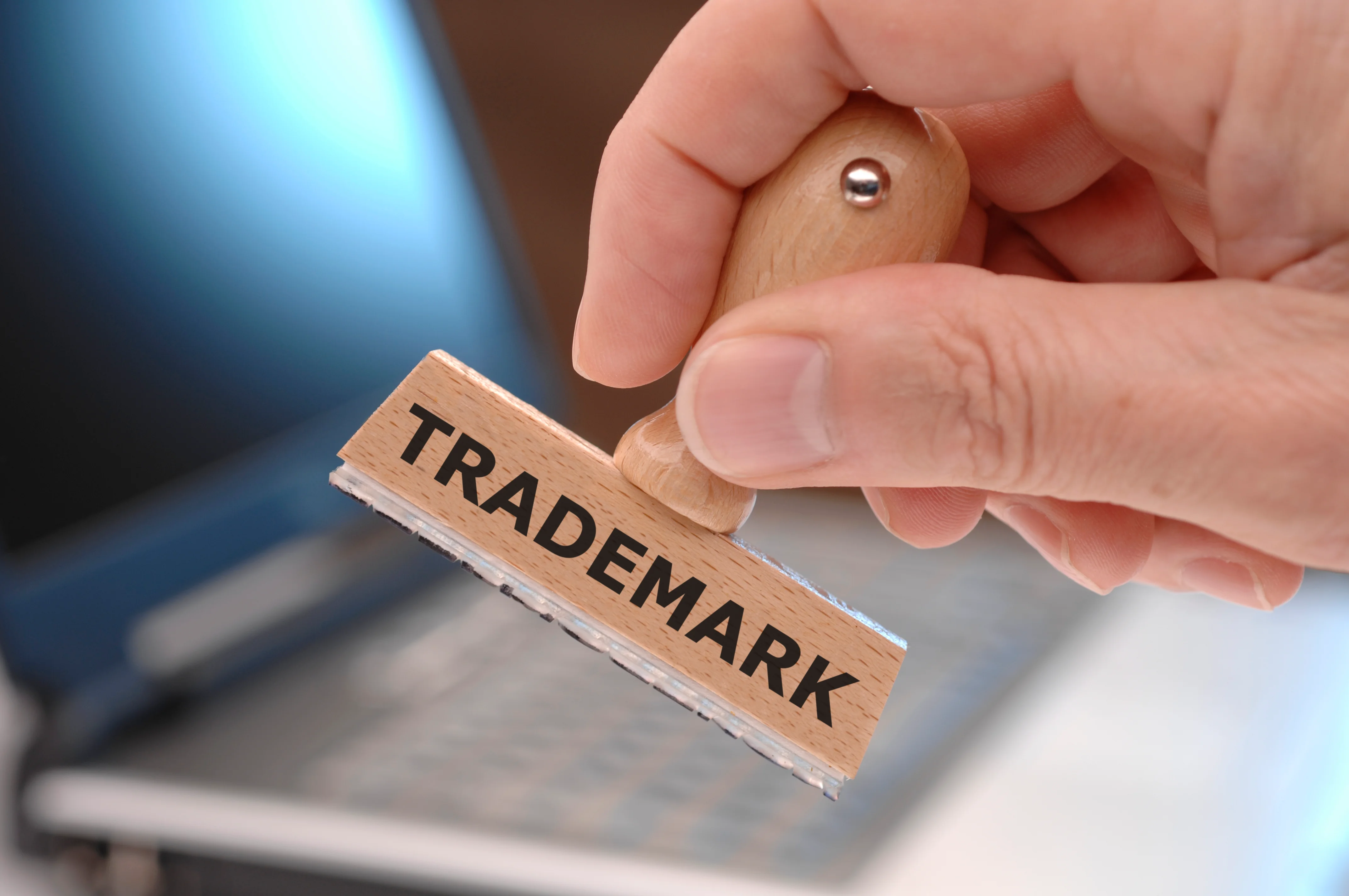In today’s creative and entrepreneurial world, understanding how to protect your ideas is essential. Whether you're launching a product, writing a book, or developing a new invention, securing the right kind of intellectual property protection can save you from future disputes and financial loss. However, many people find themselves confused when it comes to choosing between a trademark, copyright, or patent. That confusion is understandable, as each type of protection serves a unique purpose. Understanding the differences between trademark, copyright, and patent protection—along with examples of how each applies—can help you determine which type of protection you need and when.
The law offers multiple avenues to protect intellectual creations, and while they all fall under the broad category of intellectual property, the three most commonly used are trademarks, copyrights, and patents. Understanding the roles they play, how they function, and when to use them is crucial for anyone dealing with creative, commercial, or innovative assets.
What Is a Trademark?
A trademark is a form of intellectual property that protects words, symbols, names, or logos that identify and distinguish the source of goods or services. Essentially, it safeguards the branding that helps consumers recognize your business. When you see a logo like the Starbucks mermaid or hear a slogan like "Just Do It," you’re interacting with a trademark. The purpose is to prevent confusion in the marketplace by ensuring that only one entity can use that particular brand identifier in connection with similar products or services.
Unlike other forms of protection, trademarks can last indefinitely as long as they remain in use and are properly maintained. This makes them a valuable long-term asset for businesses. When people discuss trademark vs. patent, the distinction lies in what is being protected, while trademarks protect brand identity, patents protect innovation. We'll explore that further in a moment.
What Is a Copyright?
Where trademarks cover branding, copyright protects original works of authorship such as books, music, films, paintings, and software. The moment a work is created and fixed in a tangible form, it is automatically protected by copyright law. This means that even unpublished or unregistered works receive some level of protection. However, registering a copyright can provide stronger legal footing if disputes arise.
Understanding what is a copyright also involves knowing what it does not protect. Copyright does not cover ideas, methods, or factual information. It only protects the specific way those ideas are expressed. For example, while you can’t copyright the idea of a detective story, you can copyright the unique story you write. If someone uses your work without permission, it could amount to copyright infringement, which is a serious violation that may lead to legal consequences.
What Is a Patent?
If you’ve invented something entirely new, whether it’s a machine, a pharmaceutical formula, or a technological process, you’ll likely need a patent. So, what is a patent exactly? It’s a legal right granted by the government to exclude others from making, using, or selling an invention for a certain period, usually 20 years from the date of application. Patents are typically granted only to inventions that are novel, non-obvious, and useful.
Securing a patent is a much more complex process than registering a trademark or copyright, often requiring extensive documentation and legal expertise. That’s why many inventors work with a patent attorney, who specializes in navigating this area of law. When comparing patent vs copyright or patent vs trademark, the difference becomes clear, patents protect functional innovations, not creative expression or brand identifiers.
Trademark vs. Copyright vs. Patent: Key Differences You Need to Know
The most common misunderstanding arises when people try to choose one form of protection without fully grasping the difference between a patent, copyright, and trademark. Each type applies to a different kind of intellectual property, and often they are used in combination. For example, a new product might involve a patented design, display a trademarked logo, and come with a user manual that is protected by copyright. This layered approach ensures all aspects of the product are legally safeguarded.
To further illustrate the differences between a trademark, copyright, and patent with example, consider a smartphone brand. The logo and brand name on the phone are protected by trademark law. The software running the phone is covered by copyright. The hardware technology inside, such as a unique battery system or camera configuration, may be protected by patent. Each element is distinct and requires a different kind of legal protection.
Real-World Examples of Trademark vs. Copyright vs. Patent
Understanding the difference between trademark copyright and patent makes the concepts much easier to grasp. Let’s look at real companies and scenarios that clearly illustrate how these forms of IP are used in the real world.
Apple Inc.
Trademark: The bitten apple logo and the name “iPhone” are registered trademarks. No other company can legally use these for similar products.
Copyright: The user interface design, icons, and promotional videos are protected by copyright.
Patent: Apple holds numerous patents on technologies like Face ID and multi-touch gestures, which are exclusive to their devices.
Coca-Cola
Trademark: The Coca-Cola name and its distinctive red-and-white script logo are protected by trademark.
Trade Secret (a separate form of IP): While not covered in depth here, Coca-Cola’s secret formula is an example of protected intellectual property through confidentiality rather than patent.
Dyson
Patent: Dyson holds patents for its innovative vacuum motor designs and bladeless fan technology.
Trademark: “Dyson” is also a protected trademark, ensuring no competitors can use a confusingly similar brand name.
How Different Industries Use Intellectual Property
The role of intellectual property varies widely depending on the industry, making it even more important to understand the difference between a patent copyright and trademark in practical, real-world contexts.
Technology and Innovation
In tech, patents are often the most valuable form of IP. They protect proprietary algorithms, hardware designs, and software methods. A startup may rely heavily on one or two core patents to attract investors and block competitors. Understanding what is a patent helps founders realize the importance of filing early and correctly.
Creative Industries
In music, writing, film, and design, copyright reigns supreme. It ensures artists retain control over how their work is used, adapted, or distributed. Whether you're an author or a YouTuber, knowing what is a copyright and how it applies to your content is vital to monetizing your work and avoiding copyright infringement issues.
Branding and Retail
Fashion, food, cosmetics, and consumer goods industries rely heavily on trademarks to build brand loyalty. A brand name, slogan, or logo is often the most recognizable and valuable part of a product. Comparing trademark vs patent in these fields makes it clear that branding, not invention, is the priority.
Why Understanding the Difference Between Trademark, Copyright, and Patent Matters
Properly navigating intellectual property law isn’t just a legal formality, it’s a foundation for long-term success and protection. Whether you're a startup founder, an artist, or an inventor, knowing how to apply each type of IP can dramatically affect your growth, credibility, and financial security.
Preventing Costly Mistakes
One of the most immediate benefits of understanding the difference between trademark copyright and patent is avoiding costly errors. Many businesses invest in branding without realizing that a failure to register a trademark leaves them vulnerable to copycats. Likewise, inventors who publicly disclose their innovation before filing a patent may lose the right to ever patent it. Missteps like these are often irreversible and could result in losing ownership of what you’ve built.
Strengthening Market Position
IP protection doesn't just defend your assets, it also builds your competitive edge. A strong trademark communicates trust and recognition in the marketplace. A well-drafted patent can grant you a temporary monopoly on a breakthrough product, giving your company time to scale without competition. And copyright ensures that your original content can’t be legally reused without your consent. Understanding the trademark vs patent and copyright vs patent distinctions helps you decide where to focus your efforts based on your goals.
Supporting Business Growth and Investment
Investors and partners often look at your IP portfolio as a sign of value and stability. A startup with a patented technology is more likely to receive funding. A content creator who holds copyrights to a library of work can monetize their material across platforms. Understanding what is a patent or what is a copyright becomes critical when negotiating contracts, licensing deals, or even mergers and acquisitions. When your intellectual property is properly categorized and protected, it becomes a real asset, not just an idea.
Enabling Legal Enforcement
If someone uses your work, brand, or invention without permission, enforcement hinges on whether you have the right kind of legal protection. You cannot sue for copyright infringement if the content isn't original or protected. You cannot claim brand confusion without a valid trademark. And you cannot stop a competitor from copying your invention unless you've secured a patent. Understanding the difference between a patent copyright and trademark makes legal action possible—and far more likely to succeed.
Protecting Global Rights
For businesses and creators expanding internationally, understanding the types of intellectual property becomes even more critical. IP laws differ by country. Trademarks and patents must be registered in each jurisdiction you plan to operate in. Copyrights generally enjoy broader automatic protection, but enforcement can vary. Without strategic planning and the help of a patent attorney or IP professional, your rights may not carry over as you expect.
Common Misconceptions About IP Protection
Despite the growing relevance of IP, confusion around what each type actually protects is still widespread. This leads to delays, missteps, and false assumptions.
“I Can Copyright an Idea”
Ideas alone can’t be protected. Copyright covers the expression of an idea, such as a written story or a song recording, not the underlying concept. If you're still asking “what is a copyright?”, think of a tangible form.
“A Trademark Stops People from Copying My Product”
Not quite. Trademarks protect branding elements like names and logos, but they don’t stop someone from creating a similar product unless it causes confusion in the market. If you want to stop someone from copying your invention, you’ll need a patent, not just a trademark.
“Patents Last Forever”
A common misunderstanding about what is a patent is its lifespan. In reality, patents expire, usually after 20 years. After that, others can legally produce and sell your invention. Filing with the help of a patent attorney ensures the clock starts at the right time and that your application is complete.
How to Register a Trademark, Copyright, or Patent
Understanding the process of registration can help you take timely action and avoid legal loopholes.
Trademark Registration
To register a trademark, you’ll need to file with the United States Patent and Trademark Office (USPTO). The process involves searching for existing marks, completing an application, and maintaining active use. This is essential when comparing trademark vs copyright vs patent in terms of formality and renewal.
Copyright Registration
Copyright is automatic upon creation, but registration with the U.S. Copyright Office gives you stronger enforcement rights, especially in court. This also helps prove ownership in copyright infringement cases.
Patent Filing
Filing a patent is the most complex. It requires a detailed description, claims, drawings, and often professional drafting. Working with a patent attorney significantly improves your chances of approval, especially for utility patents.
What to Do If Someone Infringes on Your IP
Even with protection in place, IP theft happens. Knowing how to respond can mean the difference between a quick resolution and a drawn-out battle.
Gather Proof of Ownership
The first step in any case of copyright, trademark, or patent infringement is proving you own the rights. This is why timely registration is critical, especially when understanding the difference between trademark copyright and patent in court.
Issue a Cease and Desist
A well-drafted cease and desist letter can stop infringement without litigation. If someone uses your logo, reproduces your content, or copies your invention, a legal warning often compels them to stop, especially if you clearly hold the rights.
Take Legal Action if Needed
If the infringer doesn’t comply, you may need to file a lawsuit. A patent attorney or IP lawyer can guide you through this process. Having the correct form of protection is crucial; for example, you can’t claim copyright infringement on something that should have been patented or trademarked.
Protecting What You Create
In a world where innovation and creativity fuel business success, protecting your intellectual property is more than just a legal formality. It's a smart business strategy. Whether you’re building a brand, designing new technology, or creating original content, knowing the difference between trademark copyright and patent empowers you to take the right steps at the right time.
Each form of protection, trademark, copyright, and patent, offers distinct advantages. Rather than choosing one over the other, many creators and companies use all three in tandem to safeguard every aspect of their work. With the help of the right legal tools, and when needed, a qualified patent attorney, you can build a brand, protect your innovation, and ensure your ideas are yours alone.
Protect what makes your brand unique. Contact Trademark 360° today for expert help with trademarks, copyrights, and patents.
Powered by Froala Editor












